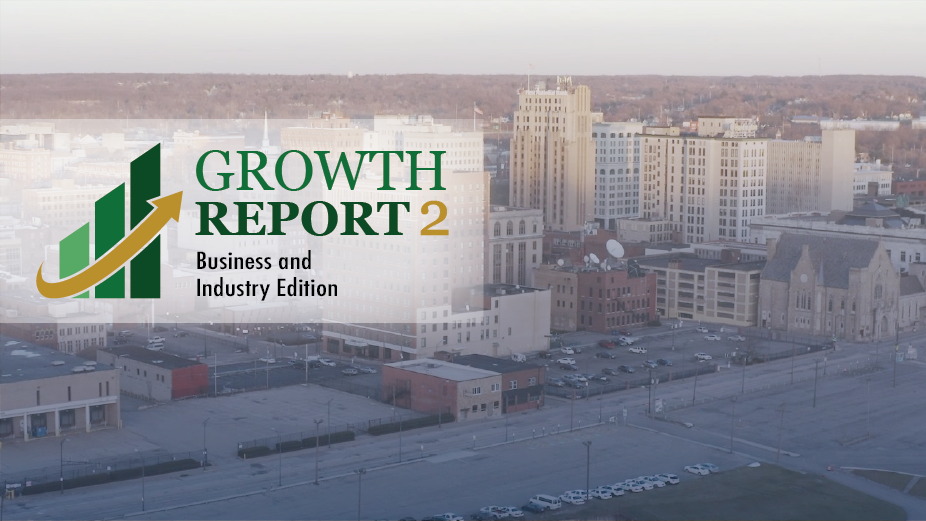By Marcelle R. Wilson
Site Manager, Youngstown Historical Center of Industry & Labor
YOUNGSTOWN, Ohio – As the Youngstown Historical Center of Industry and Labor turns 30 this year, we reflect on the past and how we can adapt to the future.
The museum began as a way to honor the legacy of the iron and steel industry. The Ohio History Connection made building a museum here a priority in its 10-year plan in 1974. As History Connection members toured the area, over and over again, they heard how the best steel in the world is Youngstown steel.
This heritage generated pride in the community. When the mills first began closing on Sept. 19, 1977, there was much anger and fear. The mill closures had a cascading effect, constricting the hope and prosperity that many Mahoning Valley natives shared. The mills had always been here, furnaces blowing smoke from their stacks, employing immigrant and native-born, and lighting up the night sky. Now, as industries grew quiet, many wondered what the future would hold.
State Sen. Harry Meshel, a Youngstown native, had worked in the mills to fund his college education. He had a vision of how he wanted the mills and their workers to be remembered and helped with the development of the steel museum.
Work started in the late 1970s to create the concept, with construction of the building beginning in the late 1980s. The museum opened to the public June 27, 1992.
From its inception, the museum and its archives/library were designed to educate visitors about the history of iron and steel, not only in the Mahoning Valley but how our contributions illustrate the development of this nation’s iron and steel industry.
The COVID-19 pandemic made us rethink how to engage with the public during a global catastrophe while remaining relevant in an ever-changing world. In 2021 we created a website, digital content, exhibits and blogs to reach beyond the closed doors of the museum.
This year, we are focusing on strategic planning and engaging with the community even more as we work to provide educational opportunities and programs to underserved audiences. The tri-county area has a high rate of poverty, which affects children the most. Education is one way to help reduce poverty and aid in closing the achievement gap that exists in our schools.
The museum has designated education and outreach as its main objectives. It is reaching out to local funding institutions as well as seeking state and federal grants to create an educator position. We currently operate with three part-time staff and four part-time student workers.
The educator would take programs and activities into schools and engage students in spatial thinking and geography by using documents about the community’s natural resources, transportation systems, and location of former mills and their workers.
This educator would teach economic decision-making skills using historical examples from local company stores, company payroll records and housing costs.
Our rich ethnic diversity would be examined through maps detailing the numerous groups who left Europe and the South to immigrate/migrate to Ohio for work. Students would also analyze labor settlement patterns and contributions to the history of our area.
The museum and its archives/library have many sources that we can use in teaching 21st century skills. We also want to sponsor school field trips (covering cost of transportation and admission) to the museum where students can tour the facility, participate in educational activities with artifacts, and learn about our past as well as hone skills necessary to succeed in life.
We plan to create a fund to support this work and employ someone to take the Mahoning Valley’s past into the schools and share that information so students get additional opportunities to practice their STEM proficiency.
